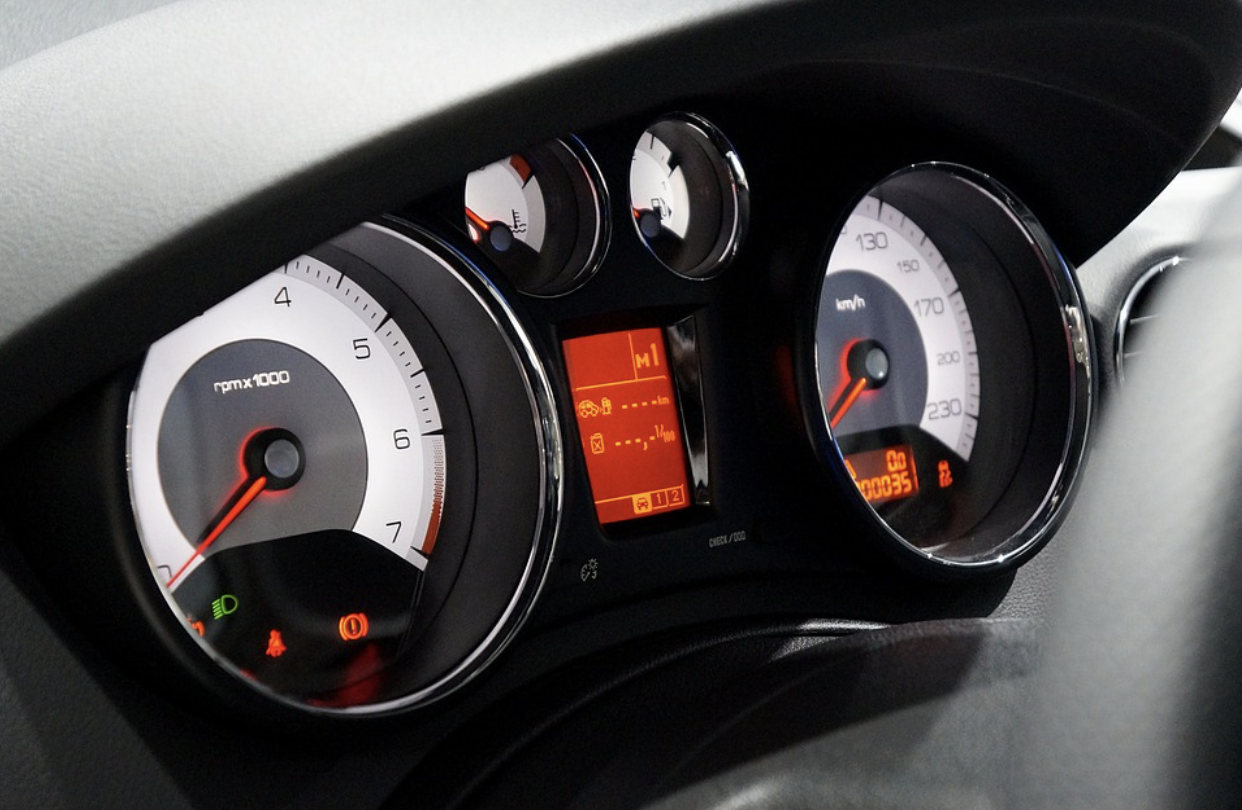
[객원 에디터 4기 / 한동민 기자] Self-driving cars are subtly entering into mainstream society with many companies striving to replace current human-operated cars.
Leading automotive producer Tesla has developed an advanced autopilot driving system that allows a car to activate its self-driving mode. This technology relies on a complex network of radars, cameras, and digital monitors to provide a safe experience for the passengers. While this innovation initially excited professionals in the automotive industry with its potential, this enthusiasm was soon replaced with doubts and concerns regarding the practicality of autonomous driving.
Although self-driving technology is consistently developing, its limitations are often too big to ignore. For instance, starting in 2016, autonomous cars operated by Tesla, Uber, and Waymo have been involved in several serious accidents that resulted in fatal casualties. Many reports for these accidents concluded that insensitive sensors were responsible for delayed reactions by the self-driving systems.
Driven by the belief that refinements can reduce these risks, millimeter-wave radar, a subdivision of radar technology, is being enhanced in an accelerating manner. In addition, Fujitsu, a Japanese information technology company, successfully adopted Millimeter-Wave Radar for automobiles, which is relatively unaffected by rain, fog, and reflections which Lidar technology is most vulnerable to (due to its use of visible wavelengths of light) and thus marking an improvement to onboard vehicle sensors.
However, one drawback of millimeter waves is the requirement for extremely high frequency ranging from 76 to 81 gigahertz, thereby requiring SiGe (silicon germanium) bipolar transistors to operate. However, advancements in semiconductor technology have made it possible to implement millimeter waves to CMOs (complementary metal-oxide semiconductor), which is a microchip semiconductor that consumes less energy and provides an inexpensive alternative to SiGe transistors.
It is likely that this new millimeter-wave technology will change autonomous driving with its revolutionary enhancements to provide a safer and more reliable environment for vehicle passengers.
Sources: New York Times, Geospatial world, AI Times, Science Direct, Fujitsu.com





